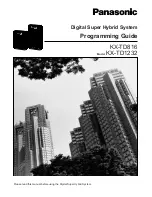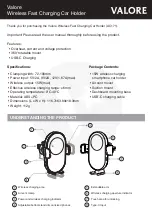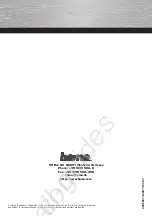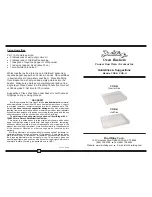
% Ethylene
Freeze protection
20%
-10°C
30%
-16°C
40%
-25°C
50%
-39°C
Freeze protection of ethylene glycol solutions
Glycol systems require specific inhibitors compatible with the materials of construction they come into
contact with. These inhibitors generally come pre-mixed with the glycol additive for the cooling circuit.
If the system must be operated with water, the following conditions must be met simultaneously:
1. Maintain a minimum flow through the unit at all times. (see table below)
2. Maintain a minimum heat load, so that the temperature of the water leaving the coil(s) will not fall below 10°C
based on -14°C ambient temperature and 20 m/s wind velocity.
(appr. min. heat load requirements, see table below)
If the process load is extremely light or shut off, it may be necessary to apply an auxiliary heat load during freezing
conditions. Consult your local BAC Balticare representative for advice, if these conditions cannot be met.
Draining of the coil(s) is not recommended as a normal method of freeze protection unless the coil(s) are
constructed from stainless steel or are of the cleanable type. For standard hot dip galvanized coils draining is
ONLY acceptable as an emergency method of freeze protection, since draining will lead to internal corrosion of the
coil. For this purpose an automatic drain valve and air vent needs to be installed to drain the coil(s) if flow stops or
the fluid temperature drops below 10°C when the ambient temperature is below freezing.
Ensure that all coils and/or coil sections (split coils/multi-circuiting) can drain individually.
W W W . B A L T I M O R E A I R C O I L . E U
18
Summary of Contents for VFL 241-H
Page 1: ...VFL Closed Circuit Cooling Towers OPERATING AND MAINTENANCE INSTRUCTIONS MVFLv19EN...
Page 34: ...W W W B A L T I M O R E A I R C O I L E U 34...
Page 35: ...W W W B A L T I M O R E A I R C O I L E U...
Page 36: ...W W W B A L T I M O R E A I R C O I L E U...
















































